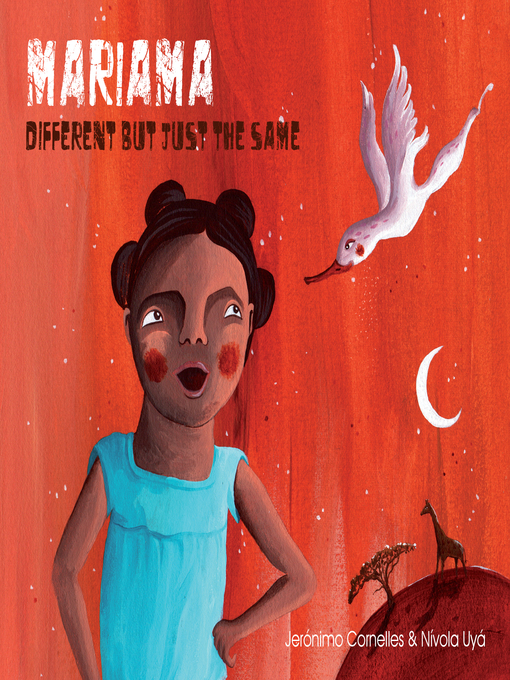Winner at the 2015 International Latino Book Awards. Mariama embarks on a journey towards a new life and a new realization—her roots will always remain in her and that differences can bring people closer.
Everything's new for Mariama after a long journey by car, train, boat, and plane from Africa. She's going to discover a world where the streets, her school, and the food are all different. But what about the people? She will have to work hard to learn the language that moon-white children speak, but with the help of her new friends Hugo and Paula, Mariama will discover that, despite all the different customs and traditions that exist between them, there is something that brings them closer beyond all the differences: the pleasure of playing and laughing.
A beautiful tale about identity, the process of integration, and solidarity. Are you ready to meet Mariama and play with her.



